Today's shopper is different. Shopping isn't about wandering aimlessly through store aisles anymore. Today's customer wants a personalized shopping experience that makes buying products fun, relevant, and efficient.
Seventy-five percent of customers say they're more likely to buy from a retailer that shows interest in their preferences and recommends products based on their unique needs, according to research from Accenture.
To create a personalized shopping experience, brands have to combine multiple strategies to connect with customers in-store and at home. For many brands, print and digital have become two major ingredients in their personalized retail recipe.
Retailers combine print and digital strategies
J.C. Penney has combined print and digital strategies by reviving its catalog, "Big Book." After a five-year hiatus, the company brought back the phone book-sized catalog in 2015 with the intent to drive sales online.
Catalogs are making a huge come back. In 2016, 9.8 million catalogs were sent and response rates climbed by 23%, according to a report from Data and Marketing Association.
Why are more customers responding to catalogs? Brands can personalize catalogs by adding a customer's name or by sending different versions of a catalog to different customer segments.
Macy's also exemplified the marriage between print and digital techniques. The retailer rolled out a high-tech marketing campaign that delivered personalized messages to a customer's phone when they walked through certain departments in the store.
But, the messages were only sent to customers who had the Macy's app. The retailer used large print banners set up at the store's entrance to encourage more shoppers to download the app to get notifications while they shop.
Retailers have relied on banners to dress-up their store windows for decades. In fact, 95% of retailers use posters for in-store communication, according to a visual report from Canon. But, there's a new push to create banners that drive traffic to an online channel like an app, website, or social platform.
How a Shawmut customer uses print to enhance the shopping experience
Shawmut customer, Nurse Mates, relies heavily on several print pieces to create a unique shopping experience for its customers.
Nurse Mates is a manufacturer and wholesaler that sells its specialty line of scrubs and accessories for nurses to retailers.
"Print provides a lot of marketing opportunity for us to connect with customers," Division Manager Lynne Dejadon, who handles all of the marketing for the Nurse Mates brand, says.
Dejadon says they give retailers a treasure trove of printed materials to keep customers informed, engaged, and most importantly, buying.
Here's how the brand uses various print pieces:
Catalogs encourage sales in-store and online
Nurse Mates prints a top-quality catalog that shows the breadth of its products. Retailers give the catalogs to customers to encourage sales in several ways.
Customers are given catalogs to take home after stopping into the store or during an on-site sale, where retailers set up a display to sell products to nurses at hospitals or clinics.
"Catalogs can show customers that we have more styles and colors of particular products that might not be available in-store or during an on-site sale," Dejadon says.
"Customers can browse the catalog and return to the store when they're ready to make a purchase."
The catalogs are one of the most effective pieces of collateral that Nurse Mates uses, Dejadon say. "Retailers are always requesting more catalogs. They don't just want a few, they want batches of 50-100."
Nurse Mates also uses the catalogs to sell directly to nurses. "When we're at a nursing school event, for example, we give away catalogs in hopes of driving customers to our website to make a purchase," Dejadon says. "We combine print and online marketing tactics to drive sales."
Postcards promote new products
When Nurse Mates is about to launch a new product, they'll give retailers postcards to hand out. As customers make a purchase, a postcard with a vibrant product image and description are added to a customer's bag.
"We help retailers keep customers up-to-date on new product offerings," Dejadon says. "These postcards serve as a great educational tool that can ultimately bring a customer back to the store to get the new item."
Wall charts push add-on sales
Nurse Mates creates wall charts that retailers can use in-store to showcase specific products.
"We can create a wall chart for the dressing room, for example, that showcases an accessory like socks," Dejadon explains. "As a customer tries on a pair of scrubs they might see the wall chart and think, 'I could use a few pairs of socks too.'"
The wall chart encourages impromptu purchases, which helps drive revenue.
The benefits of print in the retail landscape
While digital marketing efforts are front-and-center for many retailers, there's a renewed effort to incorporate print into a customer's buying journey.
More than half (55%) of all marketers say creating visual content is a priority, according to statistics from HubSpot. Those visuals could come by way of catalogs, wall charts, postcards – the list goes on and on.
For Nurse Mates, print has become a visual tool that not only establishes credibility with nurses, but also builds a connection with them.
"Nurses buy our products because they have to, but by using a variety of print materials during their retail experience to show off our many, many products, we make it so nurses want to buy our products."









